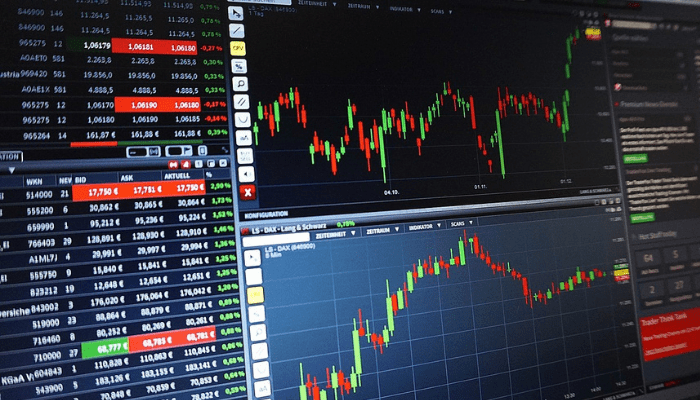


Introduction:
In the dynamic world of Forex trading, volatility is a double-edged sword – a source of both risk and opportunity. This blog aims to unravel the intricacies of trading in volatile markets, focusing on how traders can navigate these fluctuations by strategically setting stops. Understanding and harnessing volatility can be the key to not just surviving but thriving in the fast-paced Forex landscape.
Section 1: Embracing Volatility in Forex Trading
1.1. Defining Volatility:
- A clear explanation of what volatility means in the context of Forex markets.
- Understanding the dynamic nature of price movements.
1.2. Volatility as an Opportunity:
- Shifting perspectives on volatility from risk to opportunity.
- How traders can capitalize on price fluctuations for enhanced profits.
Section 2: Setting Stops - A Balancing Act
2.1. The Role of Stop-Loss Orders:
- Understanding the purpose of stop-loss orders in risk management.
- How stops act as a safety net against adverse market movements.
2.2. The Challenge of Setting Stops in Volatile Markets:
- Recognizing the unique challenges of setting stops in high-volatility scenarios.
- Balancing the need for protection with the desire to avoid premature exits.
"Best ECN Forex Broker in India"
Section 3: ATR (Average True Range) - A Volatility Measuring Tool
3.1. Introduction to ATR:
- Defining Average True Range (ATR) as a volatility measuring tool.
- How ATR provides insights into the market's current level of volatility.
3.2. Incorporating ATR in Stop-Loss Strategies:
- Utilizing ATR to set dynamic stop-loss levels based on current market conditions.
- Adapting stops to changes in volatility for more precise risk management.
Section 4: Percentage-Based Stops for Tailored Risk Management
4.1. Setting Stops as a Percentage of ATR:
- The concept of percentage-based stops tailored to ATR.
- How this approach adapts to the varying levels of volatility.
4.2. Implementing Volatility Bands:
- Creating volatility bands based on ATR for a visual representation of potential price movements.
- Strategies for using these bands to set stops effectively.
Section 5: Adapting Stops to Different Trading Styles
5.1. Scalping in Volatile Markets:
- Tailoring stop-setting strategies for scalpers in fast-moving markets.
- Quick exits and rapid adjustments to changing volatility.
5.2. Swing Trading and Longer-Term Strategies:
- Setting stops for swing trading and longer-term positions in volatile conditions.
- Balancing the need for protection with the patience required for broader market movements.
"Best low spread forex broker in India"
Section 6: Psychological Aspects of Trading in Volatile Markets 6.1. Emotional Resilience in Volatility: - The psychological challenges of trading in highly volatile markets. - Strategies for maintaining emotional discipline and avoiding impulsive decisions. 6.2. Market News and Volatility Spikes: - Navigating volatility spikes driven by news events. - How to incorporate news analysis into stop-setting strategies. Conclusion: Trading in volatile markets demands a nuanced approach to risk management, and setting stops based on volatility is a powerful tool in a trader's arsenal. By embracing volatility as an opportunity, leveraging tools like ATR, and tailoring stops to different trading styles, traders can navigate the waves of market movements with confidence. The integration of psychological resilience and an awareness of market news further fortifies a trader's ability to ride the waves and turn volatility into a source of strategic advantage in the dynamic world of Forex trading. "Best RBI approved forex broker in India"